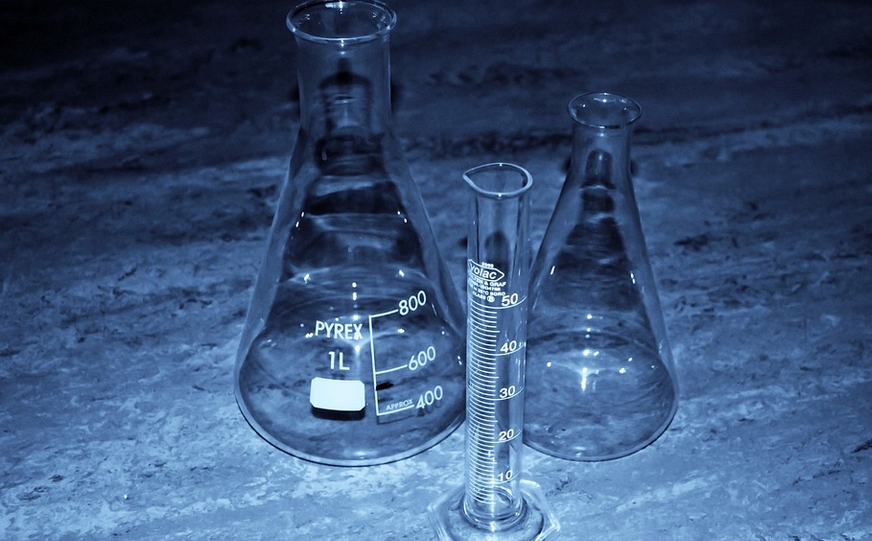Introduction
Chemical reactions are an essential part of our daily lives. They occur when two or more substances interact to form a new substance. In this article, we will explore the reaction between two common chemicals, lead nitrate, and potassium iodide. We will investigate whether this reaction is a chemical change or not.
What is a Chemical Change?
A chemical change is a process where one or more substances are transformed into a new substance with different physical and chemical properties. During a chemical change, the atoms of the reactants rearrange themselves to form a new substance or substances.
The Reaction Between Lead Nitrate and Potassium Iodide
When lead nitrate and potassium iodide are mixed, they react to form lead iodide and potassium nitrate. The chemical equation for this reaction is: Pb(NO3)2 + 2KI → PbI2 + 2KNO3
Observing the Reaction
If you mix lead nitrate and potassium iodide in a beaker, you will observe a yellow precipitate forming. This precipitate is lead iodide, which is insoluble in water. The formation of the yellow precipitate is an indication that a chemical change has occurred.
Physical and Chemical Properties
Lead nitrate and potassium iodide have different physical and chemical properties than lead iodide and potassium nitrate. Lead iodide is a yellow solid, whereas lead nitrate is a white solid. Potassium nitrate is a white crystalline solid, whereas potassium iodide is a white crystalline powder.
Conclusion
Based on the observations and the changes in physical and chemical properties of the reactants and products, we can conclude that the reaction between lead nitrate and potassium iodide is a chemical change. The formation of a new substance with different properties is a clear indication of a chemical change.
Tips for Safe Handling of Chemicals
When handling chemicals, it is essential to take proper precautions to ensure your safety and the safety of those around you. Here are some tips for safe handling of chemicals:
Read the Labels Carefully
Before using any chemical, read the labels carefully. The labels contain important information about the chemical’s properties, hazards, and how to handle it safely.
Wear Protective Clothing
Always wear protective clothing when handling chemicals. This includes gloves, goggles, lab coats, and closed-toe shoes.
Store Chemicals Properly
Store chemicals in a cool, dry place away from direct sunlight and heat sources. Keep them in a locked cabinet or room to prevent unauthorized access.
Dispose of Chemicals Safely
Dispose of chemicals safely by following the proper disposal procedures. Do not pour chemicals down the drain, as this can harm the environment and people.
Conclusion
In conclusion, the reaction between lead nitrate and potassium iodide is a chemical change. Observing the formation of a yellow precipitate and changes in physical and chemical properties of the reactants and products provides evidence for this conclusion. Always take proper precautions when handling chemicals to ensure your safety and the safety of those around you.

